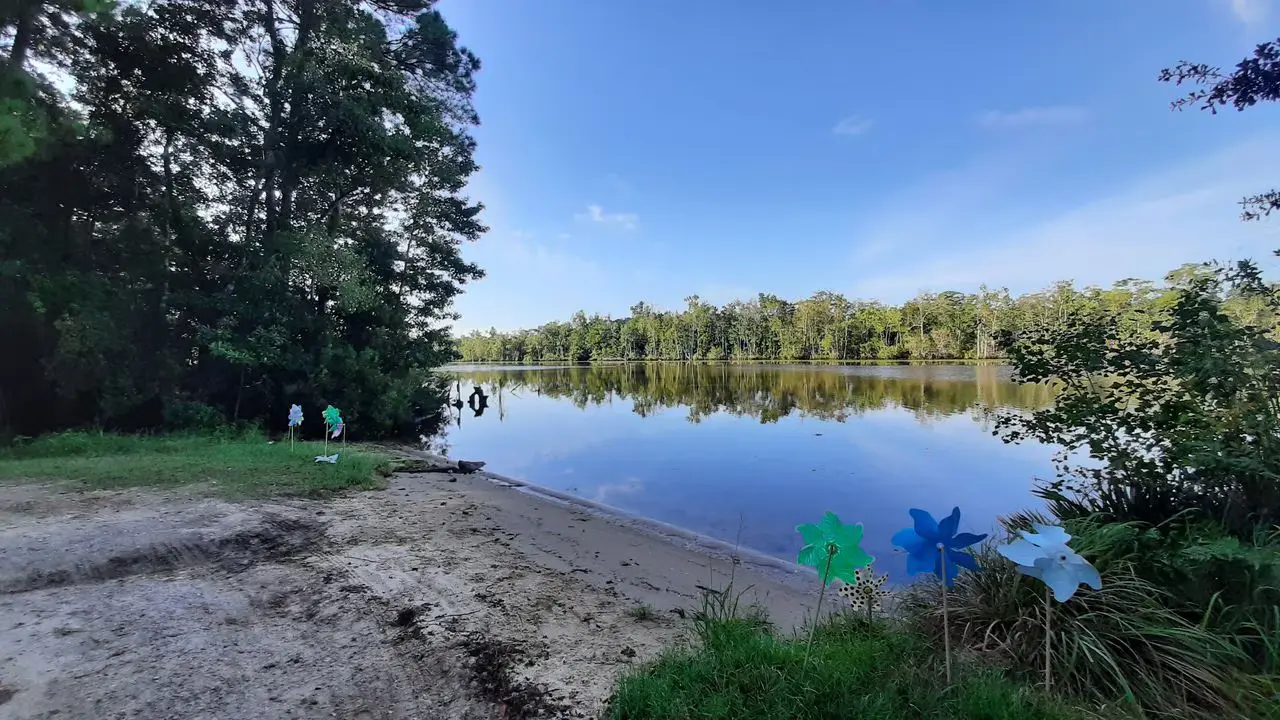After deadly accident, Mobile residents want ‘no wake’ zones in waterways
According to Mobile City Councilmember Ben Reynolds, the residents of Mobile are pushing for additional “no wake” zones in Halls Mill Creek and Rabbit Creek following a tragic boating accident last month.
Reynolds explained that rivers can have narrow sections and sharp curves, which can become hazardous if boaters are not paying attention or speeding. To prevent such incidents, he emphasized the importance of having no wake zones in areas where they are necessary and properly marked. These zones serve as a reminder to boaters to slow down, ensuring the safety of everyone on the water.
Residents have been reaching out to Reynolds with suggestions for preventing further accidents on the water. One idea is to establish “Idle Speed, No Wake” zones, which require boats to operate at the slowest speed possible while still maintaining steerage. Another suggestion is to create “speed control” zones to regulate the speed of boats in certain areas. Reynolds is considering these proposals to improve safety on the water.
The Marine Patrol Division of the Alabama Law Enforcement Agency holds the authority to designate certain areas as no wake zones. Reynolds, however, has taken it upon himself to initiate discussions with ALEA regarding the assessment of Rabbit Creek and Halls Mill Creek for no wake zones. He is currently submitting maps to the agency to further this process.
Reynolds advised that anyone can send a request to ALEA, and they will assess it. “If you have a matter of concern, I recommend that you forward it to them and have them evaluate it. They possess the expertise in this field,” he stated.
According to Anna Peoples, a representative of ALEA, there have been no appeals for limitations on Halls Mill Creek.
According to sources, ALEA utilizes three factors to assess the necessity of regulations in a certain location: the presence of a launching ramp, the presence of a fueling station, and the existence of a public safety concern.
Peoples explains that the observations of troopers, calls for service or complaints at the location, and boating incidents in the area are essential factors for the third criteria.
When it comes to implementing no wake zones on Halls Mill Creek, another important factor to consider is the upcoming boat launch. Recently, the city of Mobile acquired six acres on Shipyard Road to create the launch, using funds from the oil and gas leases on the Outer Continental Shelf.
According to Reynolds, implementing no wake zones to safeguard the area would be simpler once the launch is established.
According to Peoples, if someone wants to implement regulations in the waters, whether it’s a business, individual, or a government entity, they must send a request to the marine patrol. However, in cases where ALEA shares jurisdiction with the U.S. Coast Guard, the coast guard’s approval is necessary before any restrictions can be put in place.
Residents have raised concerns about the issue to Councilmember William Carroll, who represents District 2. As a frequent boater himself, Carroll has also personally experienced the problem.
According to Carroll, ALEA should prioritize enforcing the existing no wake zones. He recalls that there were more patrols on the waterways during his childhood in Mobile than there are now.
He says that while most people are careful when it comes to water safety, there are still a few individuals who choose not to adhere to the rules.
During a discussion on the topic, Carroll emphasized the need for increased monitoring of the no wake zones, stating, “We need ALEA to be more vigilant than they have been in the past. I have noticed their presence over the last couple of weekends, but it could be due to the unfortunate accident that occurred.”
According to Reynolds, ALEA is doing a commendable job of ensuring safety on Dog River. He believes that imposing speed limits is unnecessary in every part of the creeks and river. However, the Mobile Bay National Estuary Program has already designated a no-wake zone at Dog River Park, which encompasses the region located south of the boat ramps, beyond the tip of the peninsula. Despite this, there are still some locals who have been advocating for more extensive no-wake zones in the two creeks for quite some time.
Fox 10 reported that the boating accident on Halls Mill Creek in early August resulted in the deaths of two individuals and multiple injuries. The deceased were identified as Bryant Suggs, 36, and Christopher Anthony, 27. Officials stated that a 30-foot Profile boat collided with Anthony’s 20-foot Baja boat during the incident, which occurred on August 5 in the evening.







